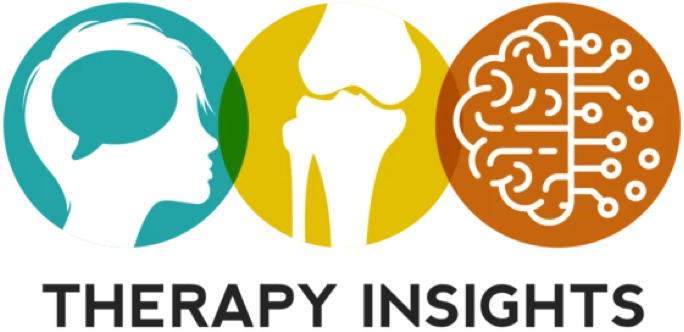Eval Tool
Medication Management Evaluation
Print Resource
— US Letter — 4 pages
AdultOTSLPAgingBrain InjuryDementiaStroke
This resource provides clinicians with evidence-based tools to use during treatment sessions and strategies to assist with increasing medication adherence.
